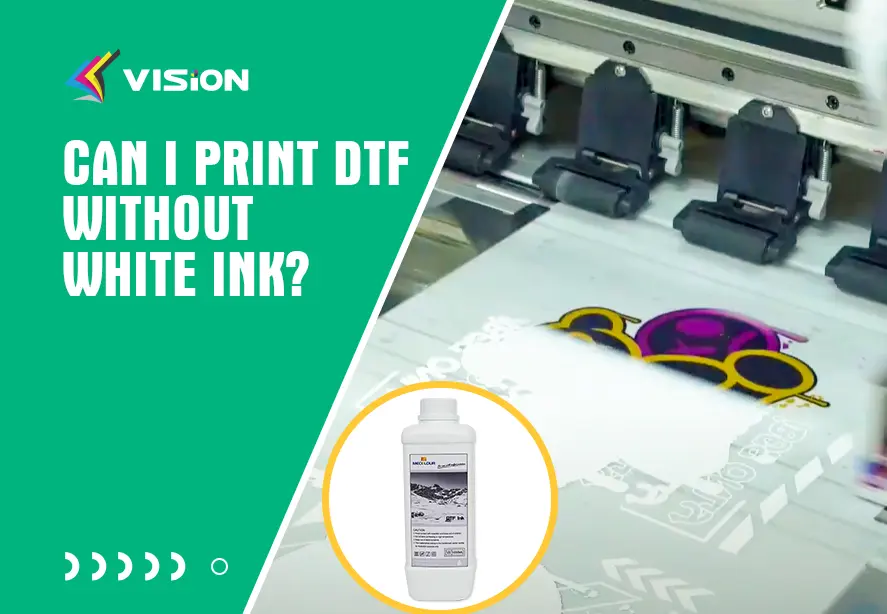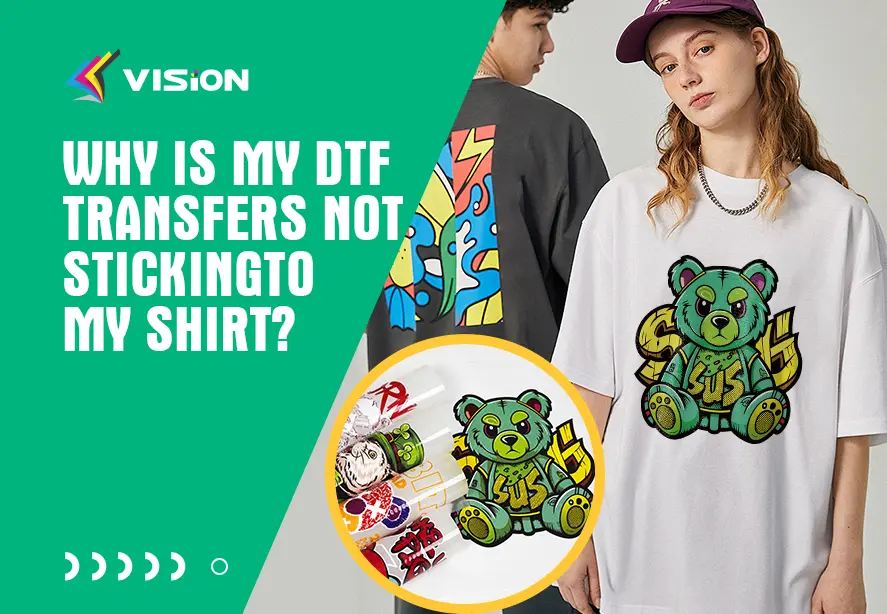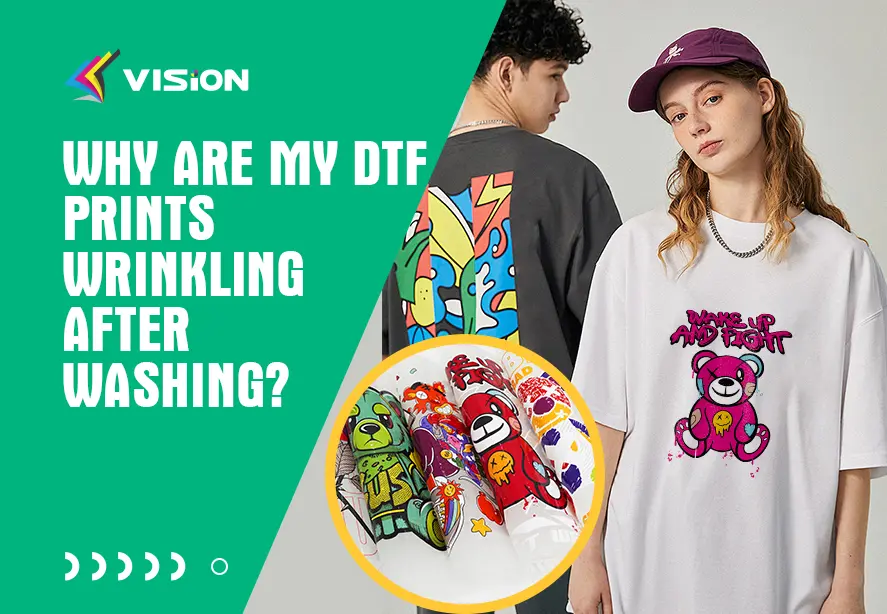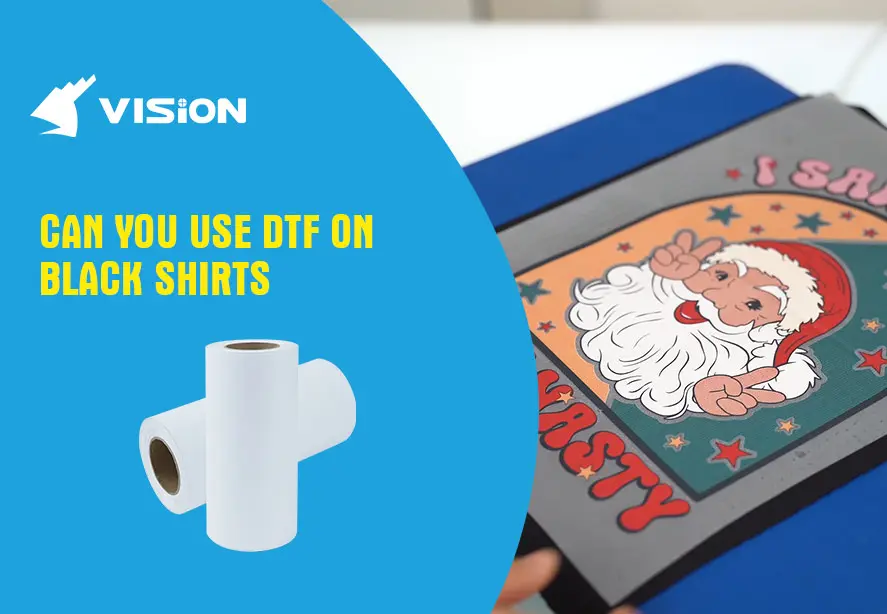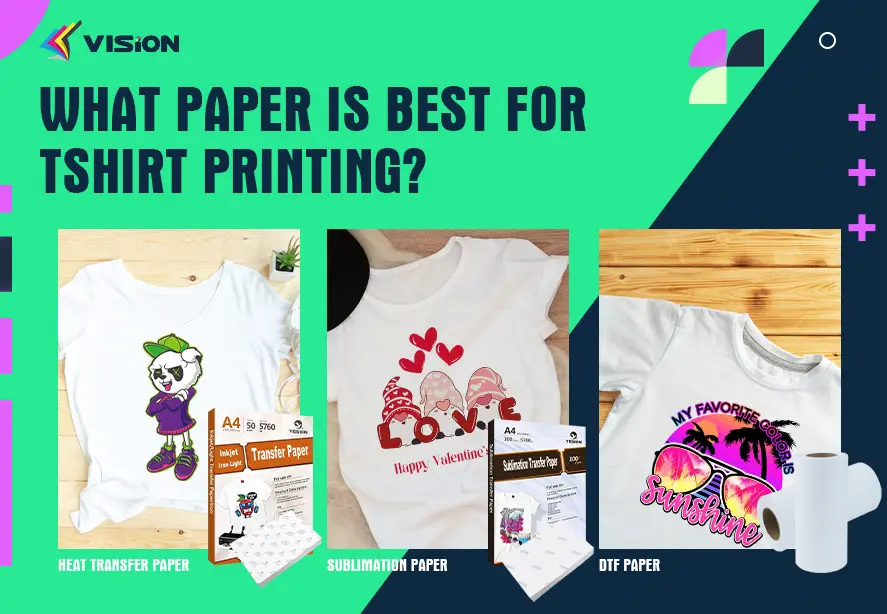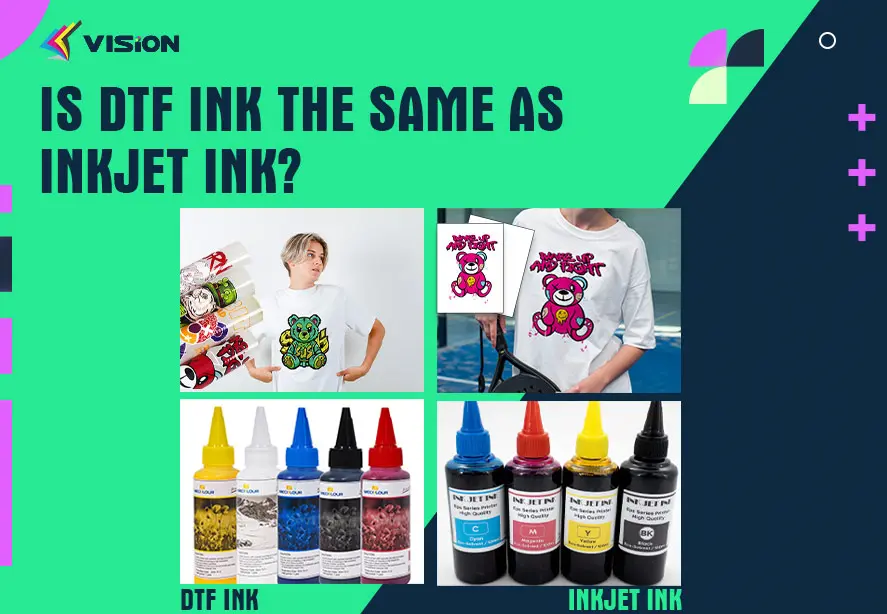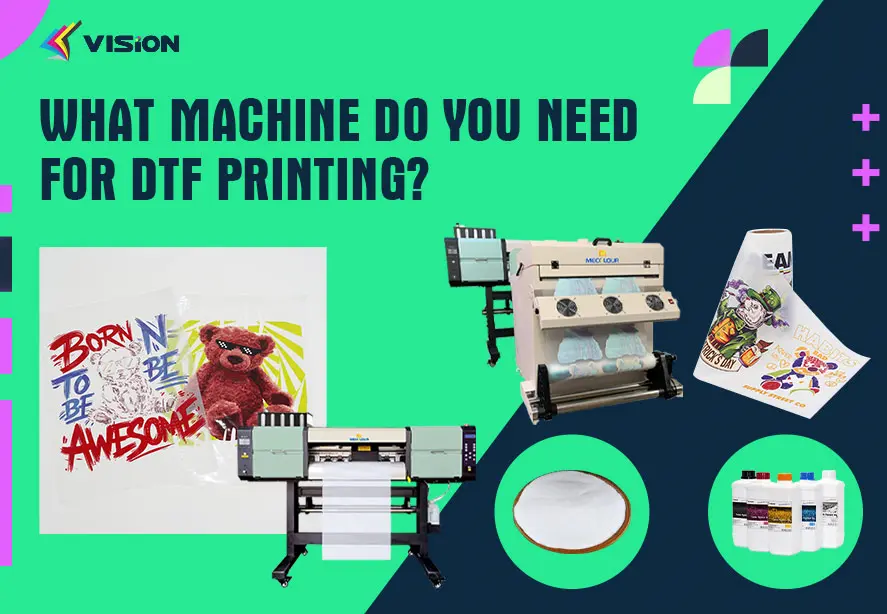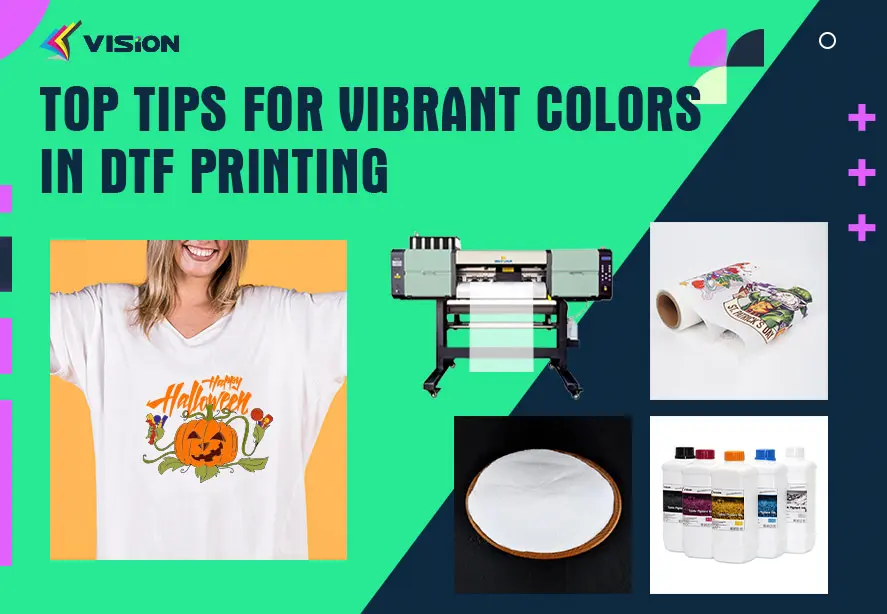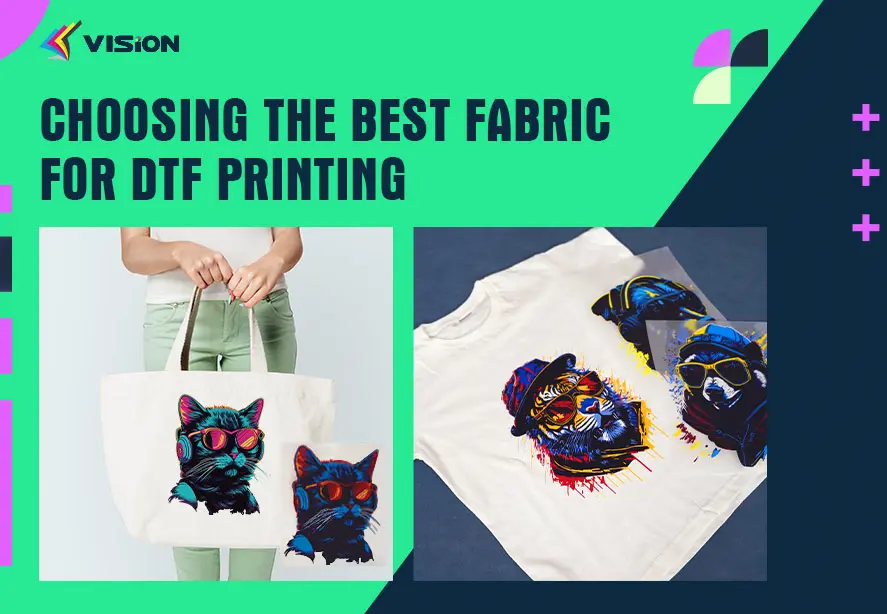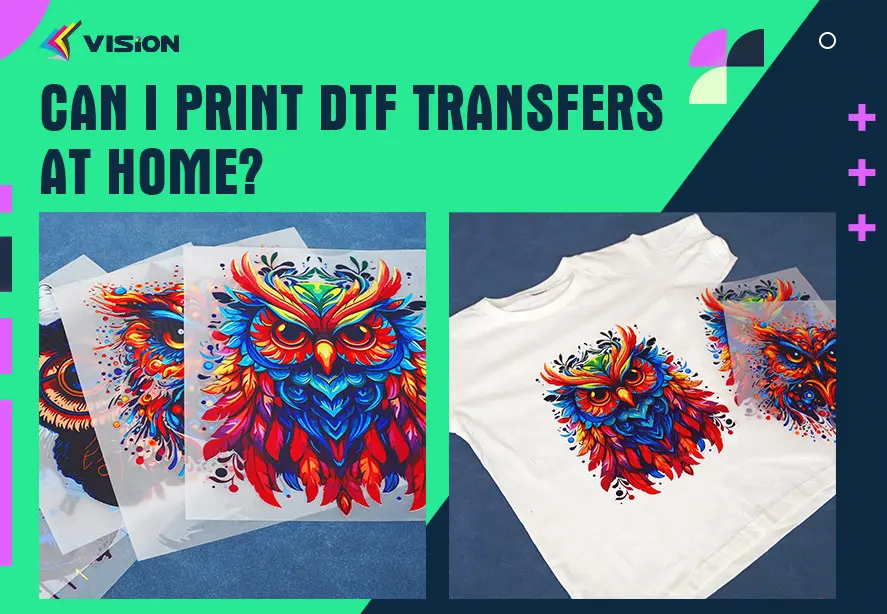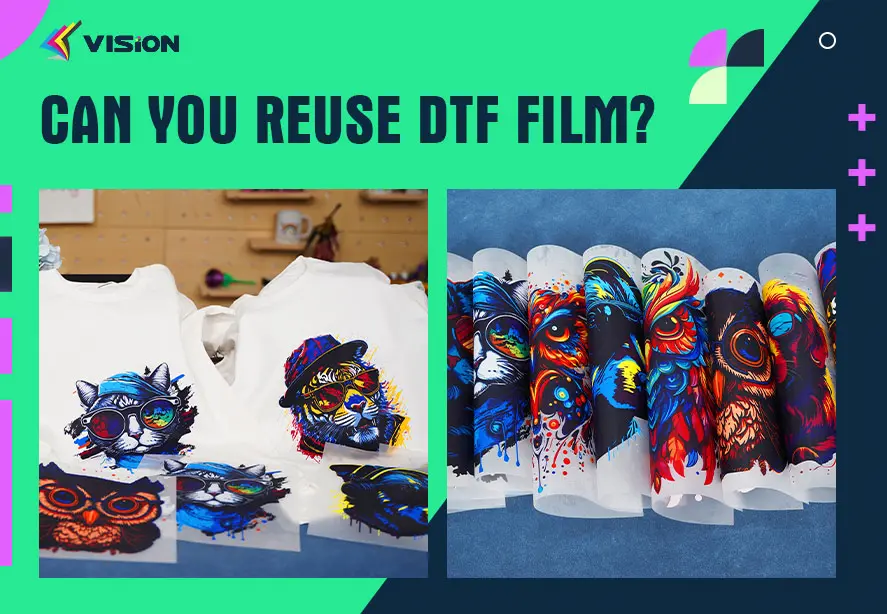Choosing the Right DTF Printer: Buyer’s Guide
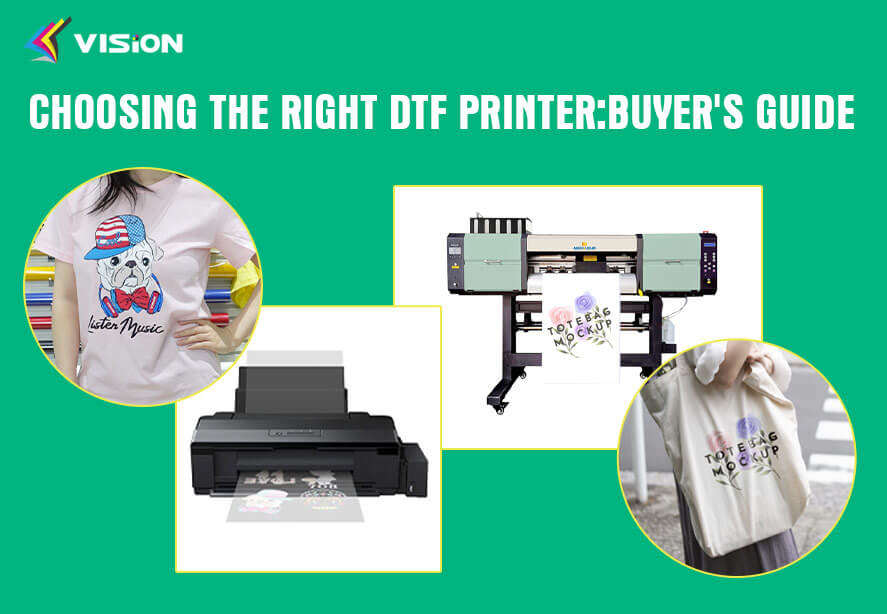
In the world of printing, Direct-to-Film (DTF) printing has gained significant popularity due to its ability to produce high-quality prints on various surfaces. Whether you are a professional printing business or an individual looking to explore this technology, choosing the right DTF printer is crucial.
What is a DTF Printer?
DTF printing is a revolutionary technology that allows you to transfer designs directly onto various fabrics, including cotton, polyester, and blends. Unlike traditional methods like screen printing or heat transfer, DTF printing offers vibrant colors, intricate details, and durability. But with so many options on the market, how do you choose the right DTF printer for your needs? Let’s dive into the factors you should consider.
Factors to Consider
When choosing a DTF printer, several factors should be taken into account to ensure that you make the right decision. Let’s explore these factors in detail:
1. Printing Size and Resolution
The first consideration is the printing size and resolution that you require. DTF printers come in various sizes, ranging from small-format printers suitable for personal use to large-format printers for commercial applications. Determine the maximum print size you need and ensure that the printer you choose can handle it. Additionally, consider the printer’s resolution capabilities to ensure that your prints come out with the desired level of detail and clarity.
2. Ink Compatibility
DTF printers use specialized inks for optimal results. When selecting a DTF printer, ensure that it is compatible with the specific type of ink you intend to use. Different inks may offer varying levels of color vibrancy, washability, and durability. It’s essential to choose a printer that supports the type of ink that aligns with your printing requirements.
3. Print Speed and Production Capacity
The print speed of a DTF printer is an important consideration, especially for commercial users. Evaluate the printer’s speed capabilities and determine if it aligns with your production needs. Additionally, consider the printer’s production capacity, including the number of prints it can handle in a given time frame and its ability to handle continuous printing without compromising print quality.
DTF printer prints and transfer rainbow reflective DTF film on T-shirt
4. Ease of Use and Maintenance
Consider the user-friendliness of the DTF printer and its maintenance requirements. Look for a printer that offers a user-friendly interface and intuitive controls, making it easy for both beginners and experienced users to operate. Additionally, consider the maintenance procedures involved, such as printhead cleaning and ink system maintenance. A printer with easy maintenance procedures can save you time and effort in the long run.
5. Technical Support and Warranty
Technical support and warranty are vital aspects to consider when investing in a DTF printer. Look for a reputable manufacturer or supplier that offers reliable technical support and assistance in case of any issues or inquiries. Additionally, check the warranty terms and coverage to ensure that you are protected against any potential defects or malfunctions.
6. Cost Analysis
Finally, consider the overall cost of the DTF printer, including the initial purchase price, ink costs, and maintenance expenses. Compare the prices of different models and evaluate the value they offer in terms of features, performance, and long-term reliability. It’s important to strike a balance between your budget and the quality of the printer to ensure a sound investment.
Printer Features
Ink System
The ink system plays a significant role in print quality and cost-effectiveness. Look for a printer with a reliable ink delivery system that minimizes ink wastage and ensures consistent results.
Print Area
Consider the size of the print area offered by the printer. A larger print area allows you to accommodate various garment sizes and designs, giving you more versatility in your printing capabilities.
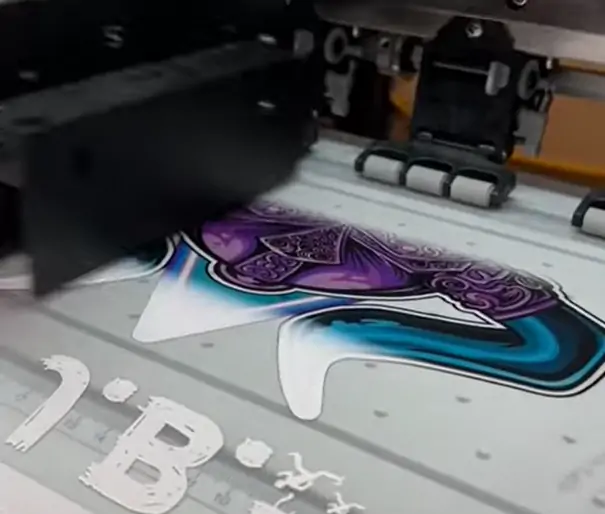
dtf printer printing
Software Compatibility
Ensure that the DTF printer is compatible with industry-standard design software such as Adobe Photoshop or Illustrator. This compatibility makes it easier to create and transfer designs seamlessly.
Conclusion
Choosing the right DTF printer is a crucial decision that can impact your printing business’s success. Consider factors such as print quality, speed, durability, cost, and support when making your decision. By doing your research and weighing your options carefully, you can invest in a DTF printer that meets your needs and helps you achieve your printing goals.
Related:
Why need a DTF printer in DTF printing technology?
How do I choose a DTF printer with a powder machine?


